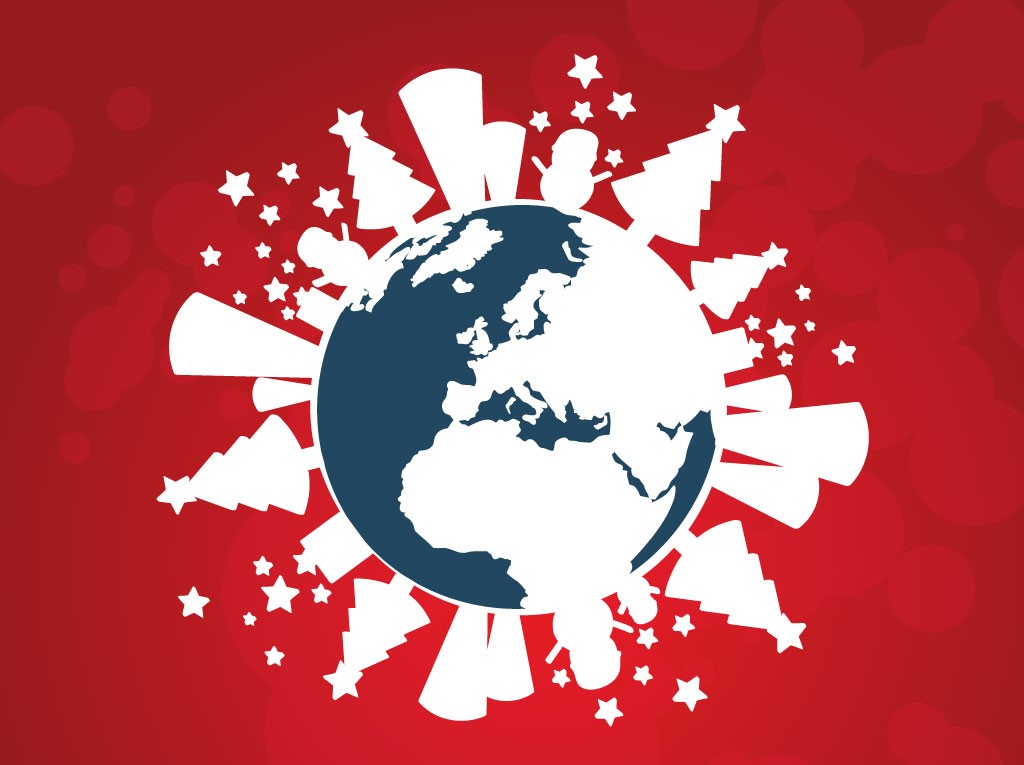With Christmas approaching right around the corner (if you celebrate), we use this time of year to reflect on the traditions we have developed. Your family may have certain things they continuously do throughout the years for the holiday season. Maybe you like these things or don’t; but, no matter what, we can all agree traditions help to continually grow our global culture. With the world facing a force of globalization due to modern technology, some cultural traditions are fading. from this force, helping us distinguish different cultures. Standard traditions of America include putting the tree up, advent calendars, and stockings, to name a few. Now let us compare other countries and their own traditions around Christmas and the holiday season.
Starting in Europe, Sweden incorporates a goat called the Yule Goat into their Christmas season every year. While the tradition dates to ancient times, about 60 years ago someone decided to make a giant straw goat to honor it. Now, the creation of the 40-foot goat is in the same place every year and is live streamed for Swedish citizens to view. In Denmark, just southwest of Sweden, citizens decorate their homes with characters called nisser who are believed to provide protection. They also place their Christmas tree in the middle of their common room on Christmas Eve and dance around it until Christmas Day approaches. In the most northern country of Europe, Norway, their Christmas season goes by the name julebord. It begins on December 3rd and lasts until the 23rd. Each family has separate traditions for this time period. One of the most popular is the consumption of rice pudding (risengrynsgrot).
In Central American countries like El Salvador and Costa Rica, citizens celebrate Christmas with fireworks on the 24th of December. Children use smaller fireworks or a variety of Roman candles. In Mexico, poinsettia plants are widely used for decoration during the Christmas season due to the old legend of Maria. They also have a parade by the name Las Posadas which celebrates Mary and Joseph. It is usually put on by a church in the community. “Mary and Joseph” portrayed by teens in the community knock on people’s door and every single person must decline them due to how Mary and Josph were treated on their journey to Bethlehem. In Portugal and Brazil, they host a midnight mass and a meal directly before to ring in the holiday.
In Austria, they believe in the Christmas devil, Krampus. Good children receive presents and food from him, bad children get nothing or a poor gift. Swiss citizens place great emphasis on advent calendars each year. They are typically homemade and given to children. Each day leading up until Christmas contains a gift. The Netherlands believe in the Dutch Sinterklaas (Saint Nicholas). He is a man who will drop goodies in your shoes if you leave them out on December 6th. Bad children receive coal in their shoes.
As you can see, many traditions around the world share some common characteristics. They also have varying traits too. It is very interesting to see how cultures are distinguished throughout the world. Especially with their Christmas traditions. It is important to examine and acknowledge other cultures to appreciate our differences. It helps to build a kind and understanding global society. So, this Christmas season- give back by learning about people in your life’s traditions. You may learn something new and build your knowledge. You never know. Have a great holiday season!





